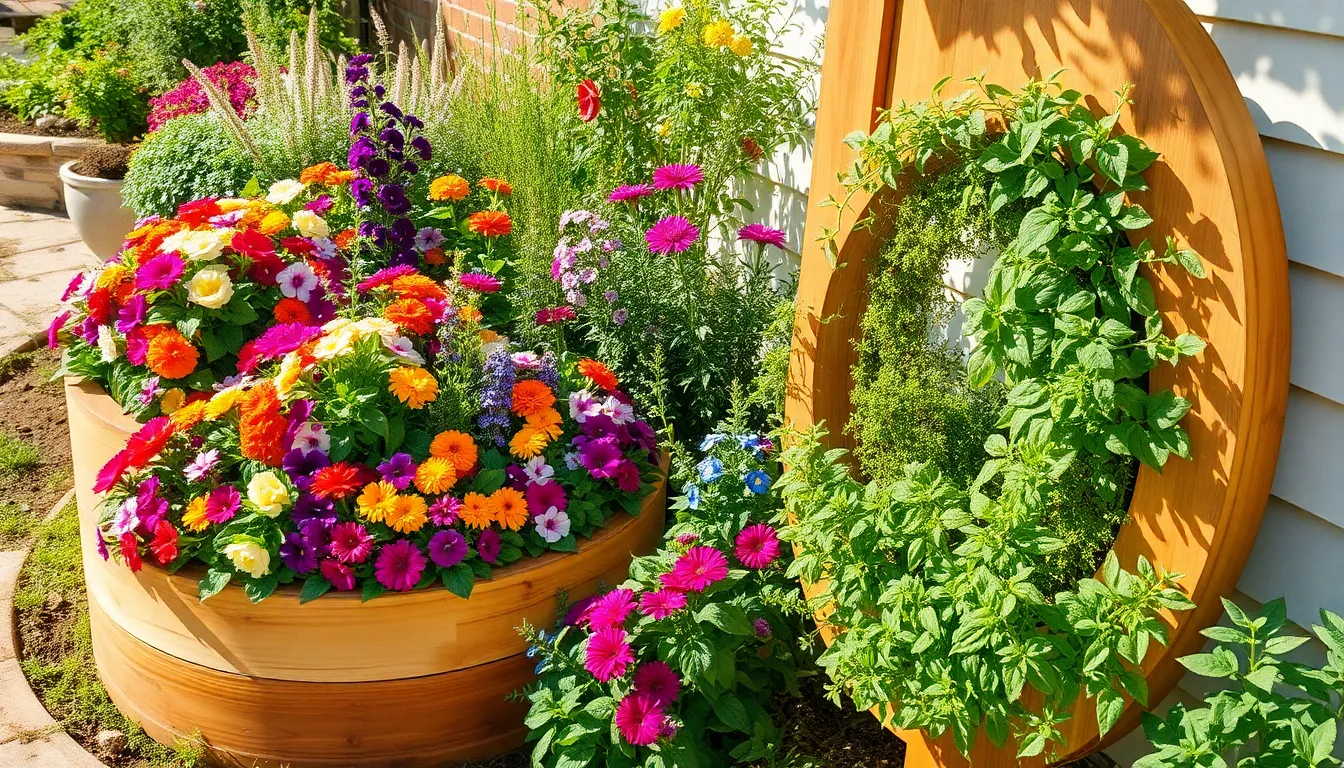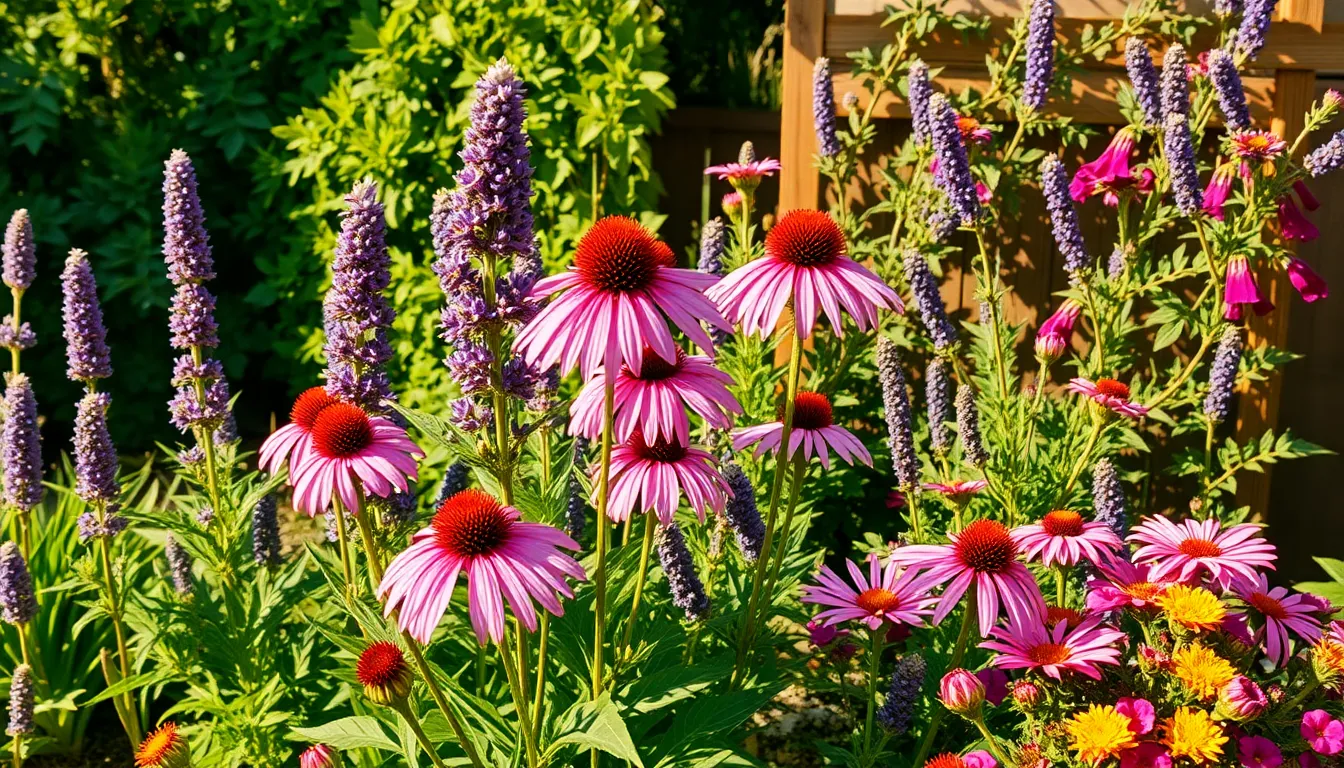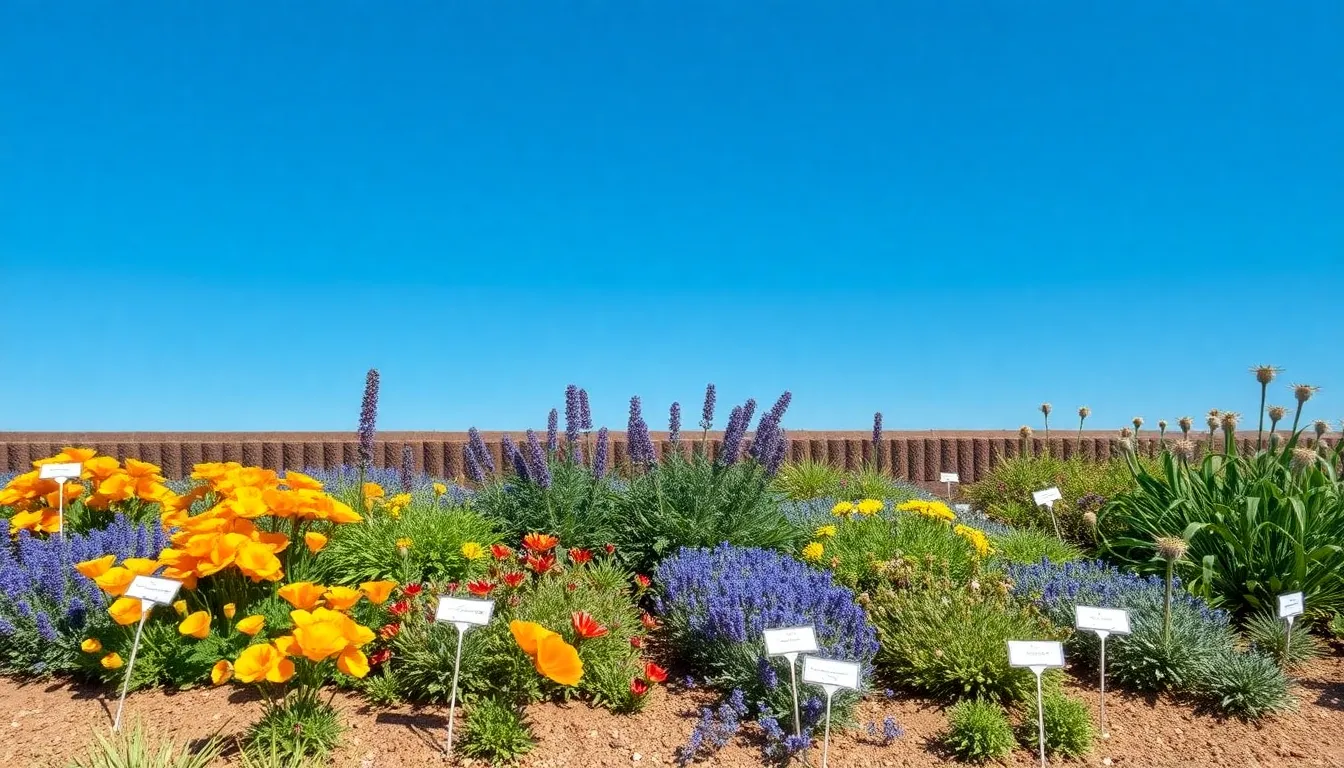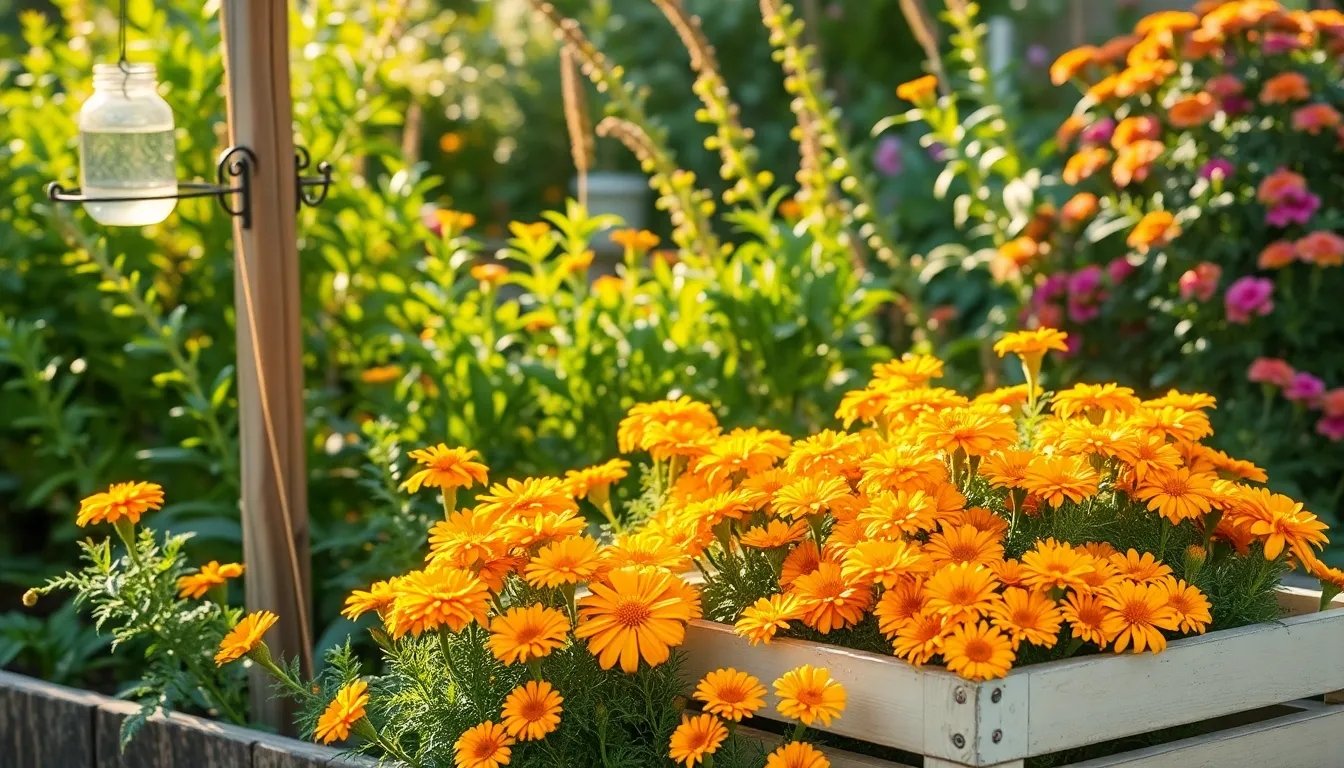Imagine stepping into your garden and being greeted by a vibrant tapestry of colors and textures, each flower bed a masterpiece of nature’s artistry. Crafting such a visual delight might seem like a complex challenge, but with the right guidance, anyone—from a novice gardener to a seasoned horticulturist—can design stunning flower beds that captivate and inspire. Smart flower bed designs not only enhance the aesthetic appeal of your outdoor space but also support healthy plant growth and biodiversity.
Whether you’re starting from scratch or looking to revamp your existing garden, understanding different design strategies can transform your green space into a flourishing haven. In this article, we’ll explore seven innovative flower bed designs that cater to a variety of tastes and environments. You’ll gain insights into creating harmonious plant arrangements, selecting compatible species, and using space creatively to maximize beauty and impact.
From the elegance of a tiered flower bed to the charm of a cottage-style garden, each design we’ll discuss offers unique opportunities to express your personal style and gardening aspirations. We’ll guide you through practical steps and considerations, ensuring that your flower beds are not only beautiful but also sustainable and easy to maintain. By the end of this article, you’ll be equipped with the knowledge and inspiration to bring your garden dreams to life.
Choosing the Best Design Style
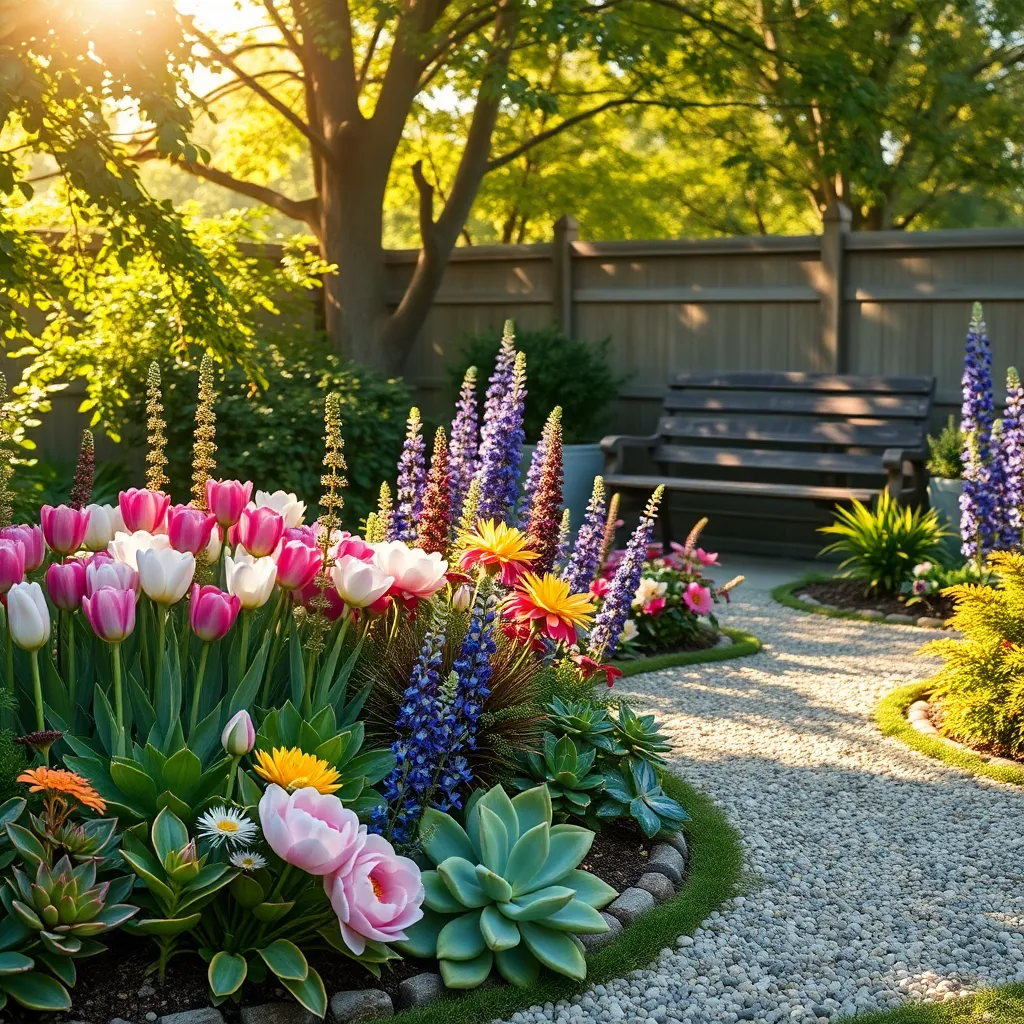
Choosing the right design style for your flower bed can significantly impact the overall aesthetic and functionality of your garden. Consider your personal taste, the existing landscape, and how much maintenance you are willing to undertake when selecting a style.
For a formal design, symmetry and structure are key, often featuring neatly clipped hedges and clearly defined lines. This style suits gardeners who enjoy regular maintenance and prefer a well-manicured appearance.
On the other hand, a cottage garden style offers a more relaxed and informal look, with an abundance of mixed flowers planted closely together. This approach is ideal for those who appreciate a natural, slightly untamed appearance and can tolerate less precision in plant placement.
Consider a Mediterranean design if you live in a dry climate, as it incorporates drought-tolerant plants like lavender and rosemary. These plants thrive in well-draining soil and require less frequent watering, making them a sustainable choice for water-conscious gardeners.
Maximizing Space with Layered Beds
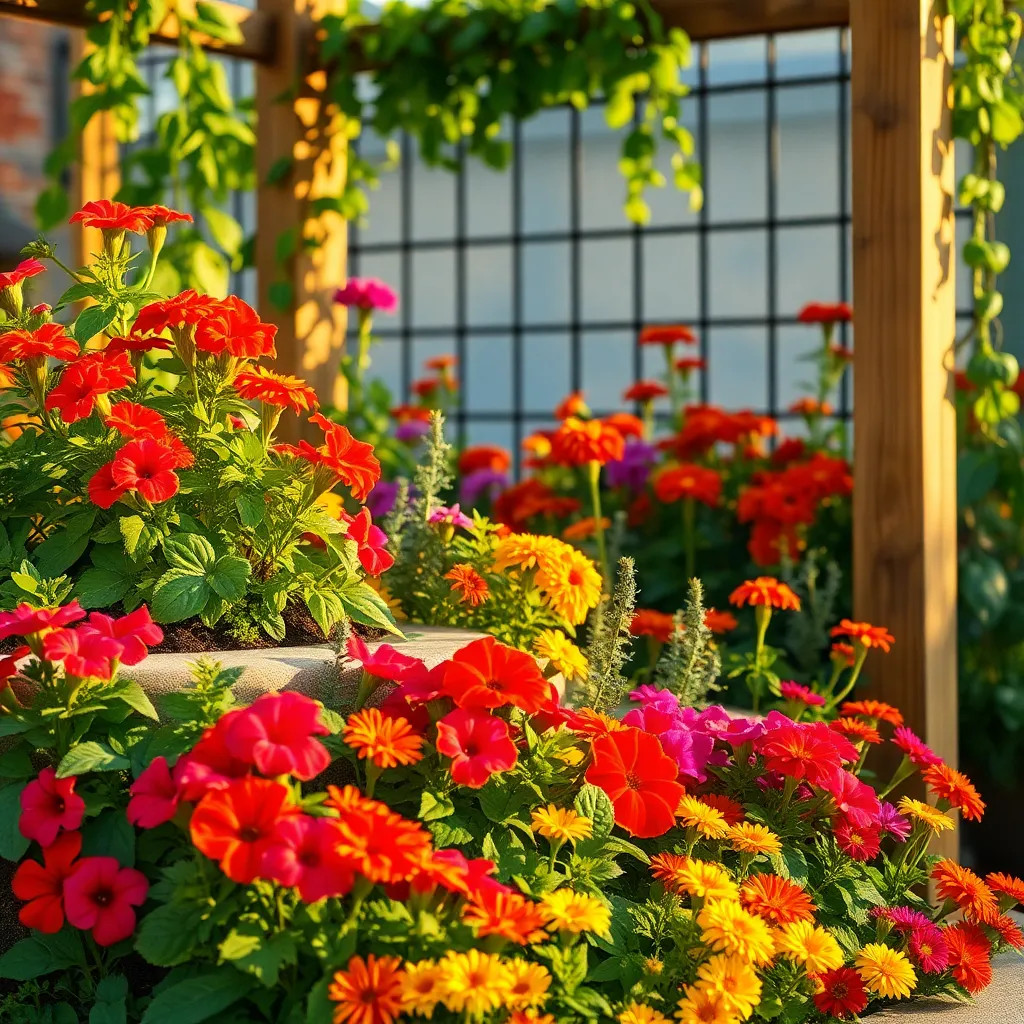
Layered beds offer a creative solution for gardeners dealing with limited space. By taking advantage of vertical space, you can grow more plants in a smaller area, maximizing your garden’s productivity.
Start by selecting a location with adequate sunlight, as most flowers thrive best in full sun. Ensure the soil is well-draining, rich in organic matter, and amend it with compost to boost fertility and structure.
Consider planting taller flowers like delphiniums or sunflowers at the back of the bed. This not only provides a beautiful backdrop but also allows the shorter plants to receive ample sunlight without obstruction.
In the middle layer, choose medium-height plants such as coneflowers or daisies. These varieties add color and texture, seamlessly connecting the tallest and shortest plants in your design.
For the front row, opt for low-growing flowers like marigolds or pansies. These plants fill the border with vibrant hues and can help suppress weeds by covering the soil surface.
Watering needs may vary across the layers, so it’s crucial to monitor each plant’s requirements. Generally, it’s best to water early in the morning, allowing the foliage to dry before evening to reduce the risk of fungal diseases.
For advanced gardeners, consider using drip irrigation to efficiently deliver water directly to the plant roots. This method conserves water and minimizes moisture on foliage, further preventing disease.
Incorporating Color for Curb Appeal
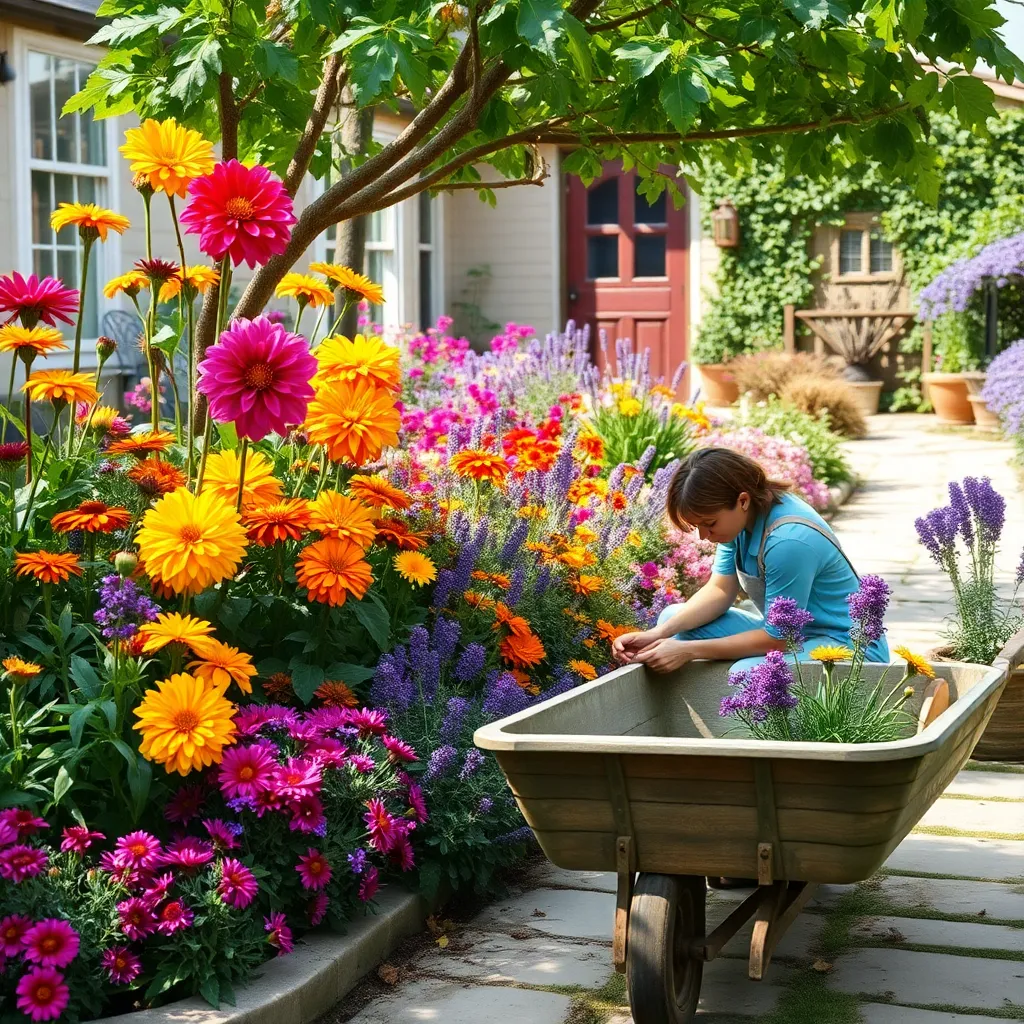
Adding vibrant colors to your flower beds can significantly enhance your home’s curb appeal. Consider using a mix of annuals and perennials to create a dynamic, ever-changing palette throughout the seasons.
Start by selecting plants that thrive in your specific climate and soil conditions. For example, drought-tolerant species like lavender and yarrow are excellent choices for sunny, dry areas.
Incorporating plants with varying bloom times ensures continuous color throughout the growing season. Early bloomers such as daffodils can be paired with summer daisies and fall-blooming asters for a seamless transition.
To make your flower beds stand out, use contrasting colors to create visual interest. Pair purple salvia with bright yellow marigolds for a striking effect that draws attention from passersby.
Utilizing Edges for Definition
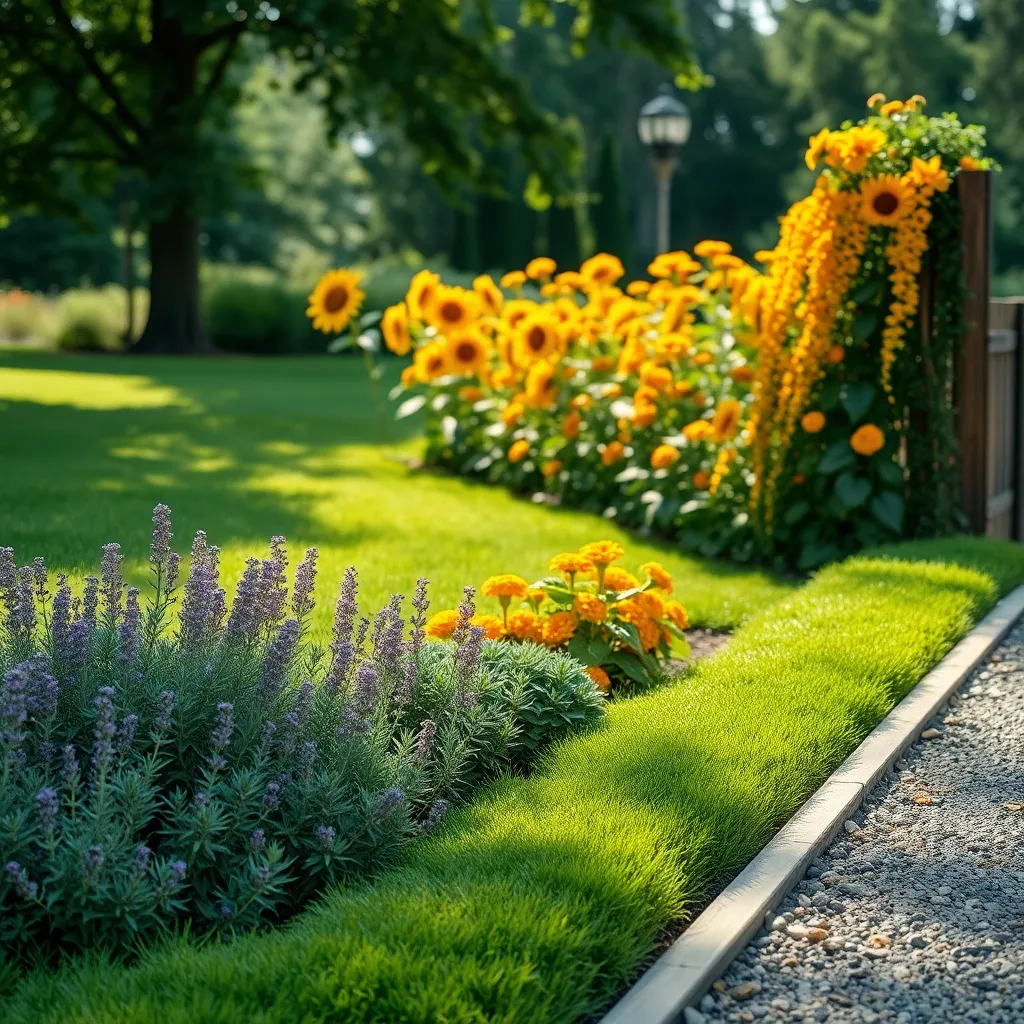
Edges serve as more than just boundaries; they offer a unique opportunity to add definition to your flower beds. By incorporating materials like bricks, stones, or even recycled materials, you can create a clear distinction between your garden and the surrounding lawn.
Consider using low-growing plants such as sedum or thyme to add a soft, natural edge. These plants are not only drought-tolerant but also thrive in various soil types, making them perfect for edging.
For those seeking a more structured appearance, metal or plastic garden edging can provide a clean, modern finish. This option is particularly useful in maintaining neat, crisp lines that emphasize the shape of your flower bed.
Ensure your chosen edging material complements the existing garden aesthetics and suits your maintenance preferences. Regularly check and adjust the edges, especially after heavy rains, to keep them in optimal condition.
Integrating Pathways for Easy Access
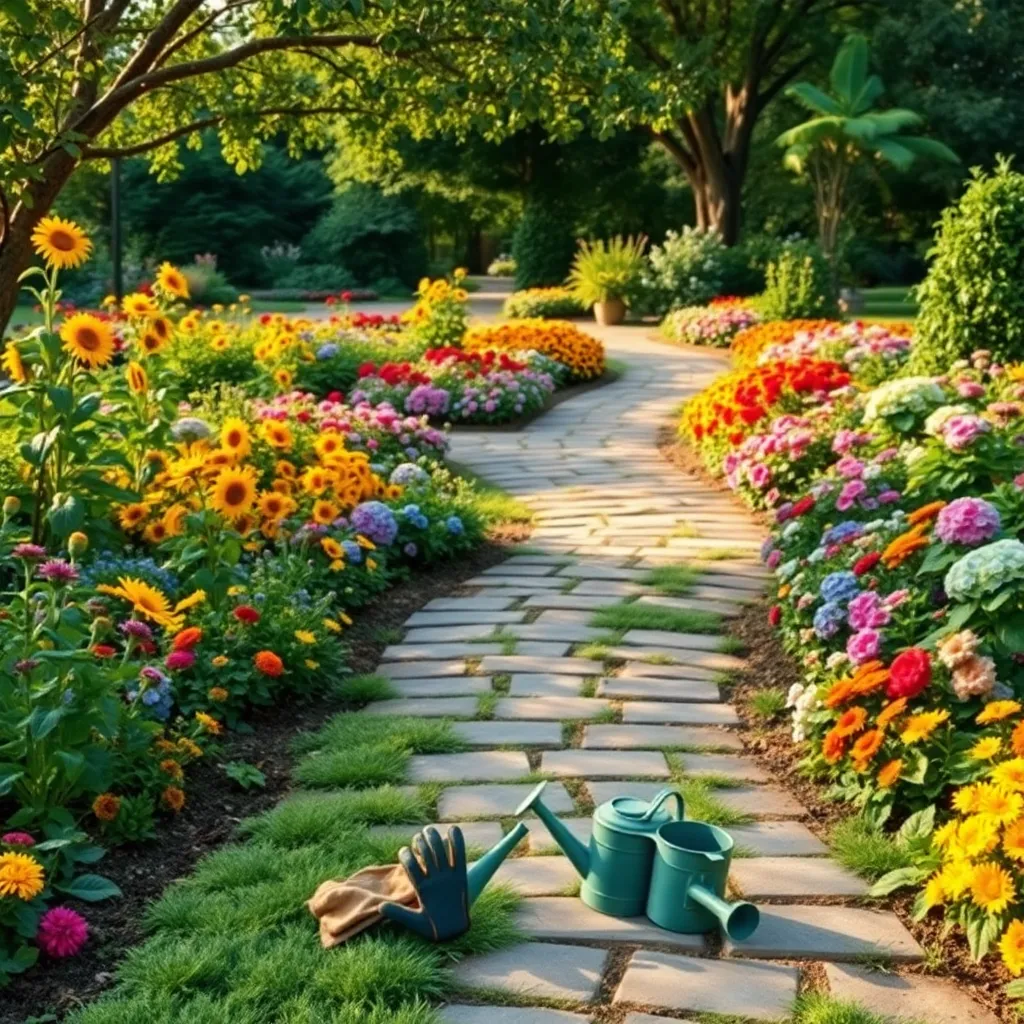
Pathways in a flower bed offer more than just access; they can enhance the overall design of your garden. By integrating pathways, you can ensure that every part of your garden is reachable without disturbing your plants.
Start by choosing a durable material like stone, gravel, or wood chips that complements your garden’s aesthetic. Gravel is a popular choice due to its excellent drainage properties and ease of installation, making it ideal for wet climates.
Consider the width of your pathways to ensure easy access with gardening tools or a wheelbarrow. A width of two to three feet is typically sufficient for most gardeners, providing an ample walkway without overwhelming the space.
Incorporating curves and gentle slopes into your pathways can create a more natural look. This approach not only adds visual interest but also helps direct rainwater away from plant roots, reducing the risk of waterlogging.
For those with larger gardens, dividing your flower beds with intersecting paths can create distinct sections for different plant types. This method also makes maintenance easier, allowing you to focus on specific areas without disturbing others.
Selecting Low-Maintenance Plant Varieties
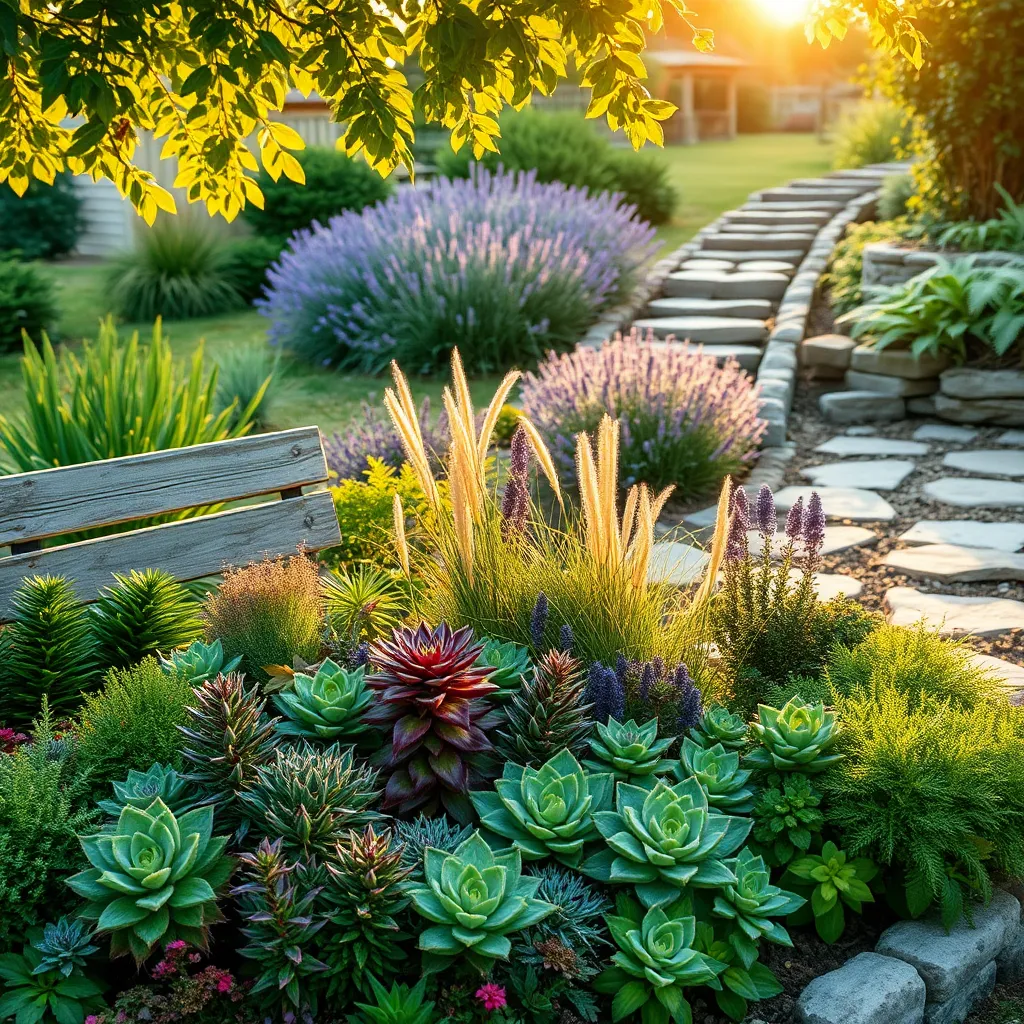
When it comes to selecting low-maintenance plant varieties, your choice can significantly reduce the time and effort needed for upkeep. Opt for perennials such as lavender and sedum, which require minimal watering and thrive in a wide range of soil types.
Consider native plants that are naturally adapted to your local climate, reducing the need for constant care. Native species often have built-in pest resistance and can flourish with just the rainfall typical to your area.
Succulents are another excellent choice for a low-maintenance flower bed, as they store water in their leaves and require infrequent watering. Plant them in well-draining soil, such as a sandy or gritty mix, to prevent root rot.
For those seeking vibrant colors without the hassle, daylilies are a perfect match. These hardy plants can withstand drought conditions and bloom profusely with little intervention, making them ideal for busy gardeners.
Enhancing Nighttime Appeal with Lighting
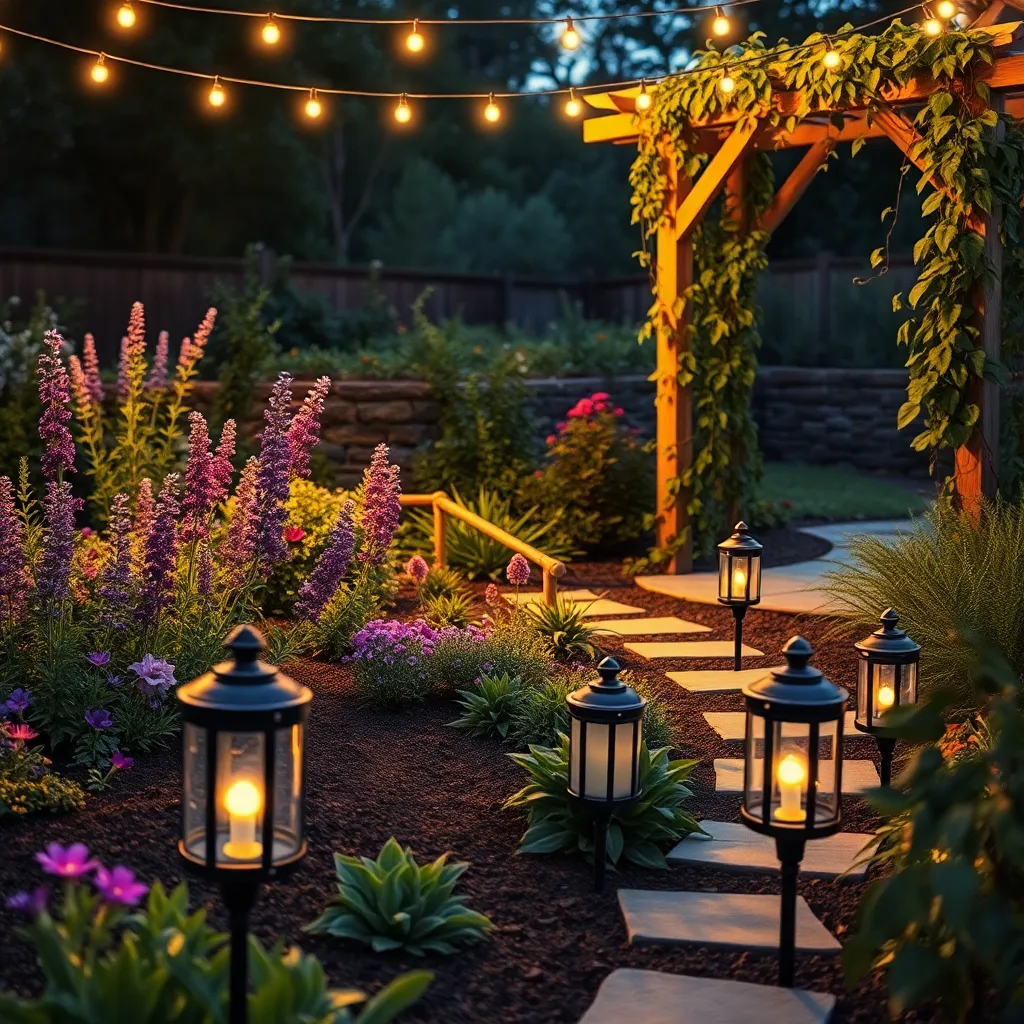
Enhancing the nighttime appeal of your flower bed can transform your garden into a magical retreat after dusk. Strategic lighting not only highlights your plants’ beauty but also enhances safety and functionality in your outdoor space.
To begin, consider using solar-powered lights for a sustainable and cost-effective solution. These lights are easy to install and require minimal maintenance, making them perfect for beginners looking to illuminate their garden without complicated setups.
Incorporate uplighting techniques to accentuate the shapes and colors of taller plants and trees. By placing lights at the base of these plants, you create dramatic shadows and highlights that add depth and intrigue to your garden.
For advanced gardeners, experimenting with color-changing LED lights can add dynamic effects to your flower beds. These lights allow you to switch from warm white to vibrant colors, which can be adjusted to complement the various blooms in your garden throughout the seasons.
When installing lights, ensure they are placed to avoid direct glare into your eyes or your neighbors’. A simple tip is to angle lights slightly away from direct view, maintaining a serene ambiance without causing discomfort.
Conclusion: Growing Success with These Plants
In exploring the ‘7 Smart Flower Bed Designs’, we delved into the art of cultivating thriving relationships through creativity, patience, and nurturing. The key concepts we touched upon include the importance of laying a strong foundation, embracing diversity and individuality, ensuring consistent care, fostering growth through communication, adapting to changing seasons, cultivating resilience, and celebrating shared beauty. These principles are not just about gardening but resonate deeply with building and maintaining flourishing relationships.
As a practical next step, take a moment today to identify one area in your relationship that could benefit from a little more attention or creativity. Whether it’s planning a special date or simply having an open conversation, small actions can lead to profound growth.
To make sure these insights are always at your fingertips, bookmark this article now. Having a quick reference can inspire you in moments when you need guidance or a fresh perspective.
Remember, the seeds of a successful relationship are planted in everyday actions. With dedication and love, your relationship can bloom beautifully, season after season. Let’s nurture these connections together, ensuring they grow stronger with each passing day. Save this article as your trusted companion on this journey of love and growth.

